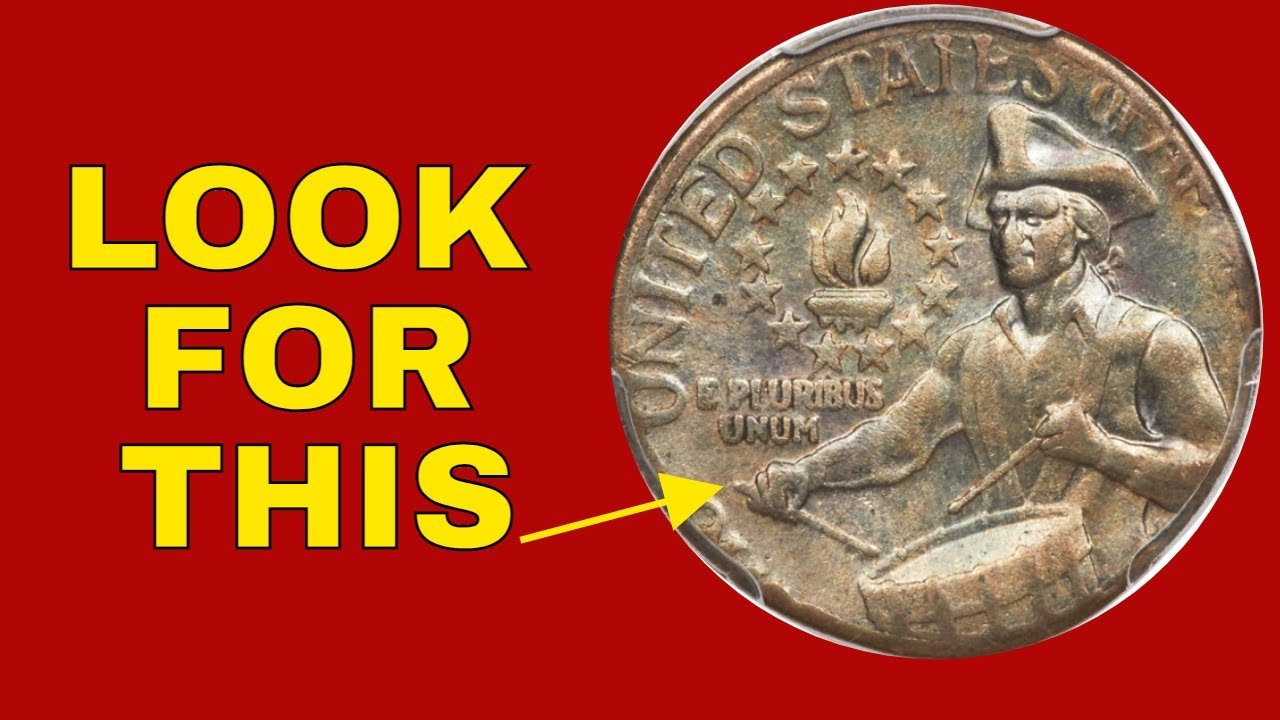The Rare Bicentennial Quarter Valued at $2.5 Billion: In the vast world of numismatics—the study and collection of coins—few stories are as captivating or as unbelievable as the tale of the so-called “$2.5 Billion Bicentennial Quarter.” This coin, minted in 1976 to celebrate the 200th anniversary of American independence, has recently made headlines for being valued at an astonishing $2.5 billion. Even more surprisingly, this legendary quarter is rumored to still be in circulation.
The Origin of the Bicentennial Quarter
To honor America’s 200th birthday, the U.S. Mint released a special edition of the Washington quarter in 1976. These Bicentennial Quarters featured a unique reverse design by Jack L. Ahr, depicting a Colonial drummer and a victory torch encircled by 13 stars, representing the original colonies. Over 1.6 billion of these coins were minted, making them quite common—at least, most of them.
The Billion-Dollar Mystery
So why is one Bicentennial Quarter allegedly worth $2.5 billion?
According to unverified sources and ongoing coin collector lore, a rare prototype or mint error version of the Bicentennial Quarter may have been produced under unusual circumstances. Theories range from a double-struck specimen on a gold planchet to one with micro-printing, experimental materials, or advanced anti-counterfeit technology. Some claim this unique coin was part of a top-secret minting test during the Cold War era, while others believe it’s the result of a clandestine engraving error involving highly classified symbols.
Though no major auction house has confirmed the existence of such a coin, stories persist of it being spotted in everyday circulation—passing unnoticed from hand to hand, lost in the shuffle of spare change.
Truth or Tall Tale?
While the $2.5 billion valuation seems implausible at first glance, some numismatists argue that if such a unique specimen were verified, it could potentially fetch that price among ultra-wealthy collectors or institutions interested in American history. Still, until the coin is found and authenticated, it remains the stuff of modern legend—part myth, part possibility.
What to Look For
If you’re hoping to strike gold—or billions—in your spare change, here are a few signs that your Bicentennial Quarter may be special:
-
Unusual weight or color: Most quarters are made of copper and nickel. A coin with a golden sheen or noticeably different weight could be special.
-
Sharp double-striking or errors: Any visible minting mistakes, such as doubled images or off-center designs, can increase a coin’s value.
-
Missing mint marks or strange engravings: Variations in mint marks or strange, microscopic additions may indicate a rare prototype.
The Bottom Line
The story of the $2.5 billion Bicentennial Quarter is a fascinating blend of American history, urban legend, and numismatic intrigue. Whether it truly exists or not, the tale continues to inspire coin hunters everywhere to take a second look at their pocket change. After all, you never know when a piece of modern treasure might be hiding in plain sight.
FAQs about “The Rare Bicentennial Quarter Valued at $2.5 Billion, Still in Circulation
Does a $2.5 billion Bicentennial Quarter really exist?
There’s no confirmed proof, but collectors speculate a rare error or prototype may be worth that much.
What makes it so valuable?
The rumored coin may feature rare minting errors, unique materials, or secret designs.
How can I tell if I have one?
Look for odd colors, weight, double strikes, or missing mint marks—these could signal rarity.
Is my regular 1976 quarter worth anything?
Most are common and worth face value, but pristine or error coins may sell for more to collectors.
